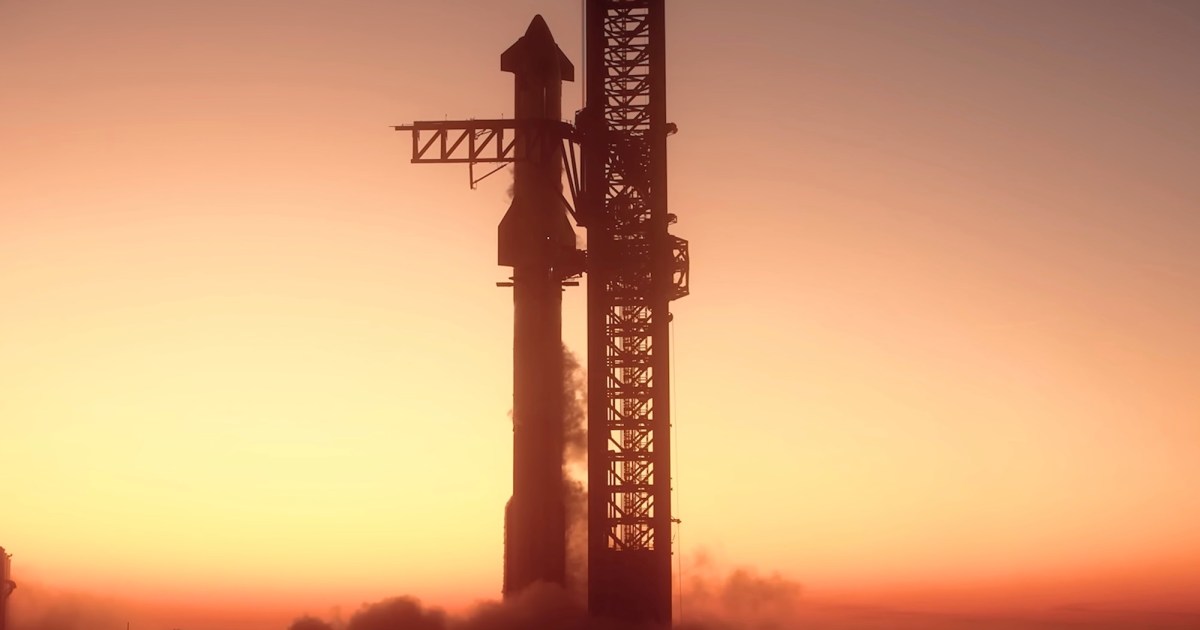There’s growing expectation that SpaceX could launch the mighty Starship rocket as early as Sunday, October 13.
SpaceX was informed by the Federal Aviation Administration (FAA) last month that it was unlikely to receive a launch permit until late November as the regulator needed time to complete work on its flight launch assessment.
But sources close to the situation have told Reuters, CNBC, and others that the FAA could give the green light any day now, paving the way for a launch from SpaceX’s Starbase facility in Texas on Sunday, which the company recently announced as its target launch date.
“A person familiar with the matter said Tuesday that SpaceX’s seemingly aggressive target is possible because the FAA’s review process has sped up,” CNBC said in its report.
In a further twist that increased expectation of an early launch, the FAA removed any mention of its November estimate in its most recent statement to the media, saying simply that it will “make a licensing determination once SpaceX has met all licensing requirements.”
The FAA was heavily criticized by SpaceX last month when the Elon Musk-led spaceflight company learned that it might have to wait until late November before it could test the Starship again.
It said that the FAA was taking way too long to do the work and that it needed to move ahead with the flights so that it could meet NASA’s timeline for the Artemis program, which would see Starship flying crew and cargo to the moon in the next few years.
In a lengthy blog post, SpaceX said it was “stuck in a reality where it takes longer to do the government paperwork to license a rocket launch than it does to design and build the actual hardware,” adding that it “directly threatens America’s position as the leader in space.”
Responding, the FAA said last month that SpaceX “must meet all safety, environmental, and other licensing requirements prior to FAA launch authorization,” explaining that SpaceX’s current license authorized the Starship’s fourth flight and also allows for multiple flights of the same vehicle configuration and mission profile. But it added that SpaceX had chosen to modify both the configuration and the profile for the fifth launch, triggering a more in-depth review.
It also said that SpaceX had submitted new information in mid-August detailing how the environmental impact of the next flight “will cover a larger area than previously reviewed,” adding that “this requires the FAA to consult with other agencies,” and would therefore take more time than originally expected.
If the FAA does give the nod in the coming days, it may be because it simply sped up its review process, or because SpaceX made adjustments to the flight configuration and profile.
The Starship last flew in June in a test that was its most successful to date. The fifth flight, if SpaceX sticks to its current plan, will for the first time attempt to “catch” the Super Heavy booster using giant mechanical arms as it returns to Earth shortly after delivering the upper-stage Starship spacecraft to orbit.

